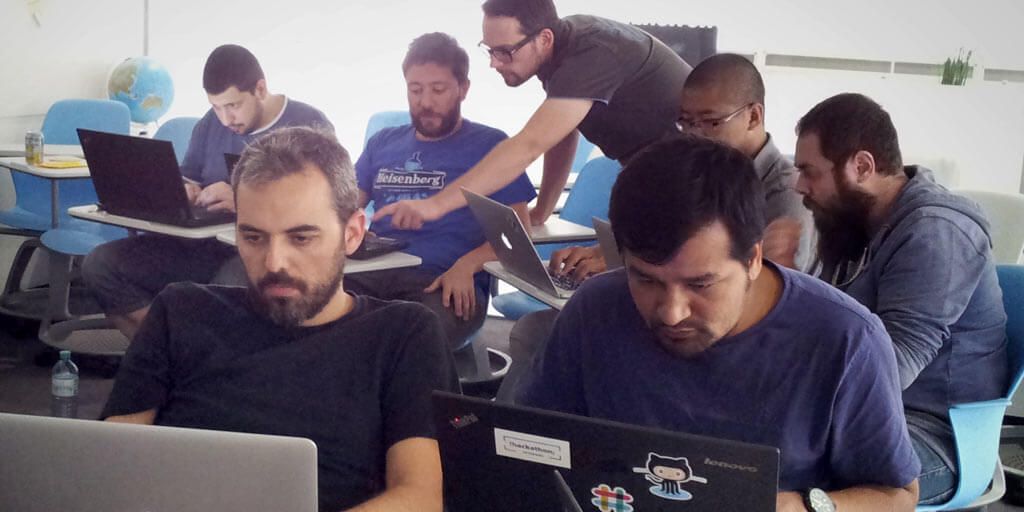When I joined trivago a year ago, we had problems with our releases. The traffic was increasing each day. When we put the server back into the load balancer without warming up the OPcache it would die. From time to time the warmup failed silently. Our DCO (data center operations) crew had to log into the servers and restart a few processes manually. During this time every release was very intense.













Follow us on